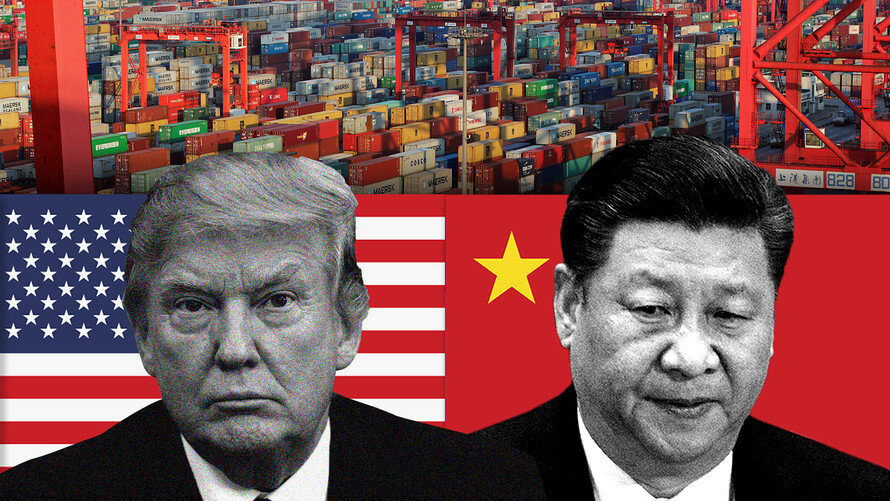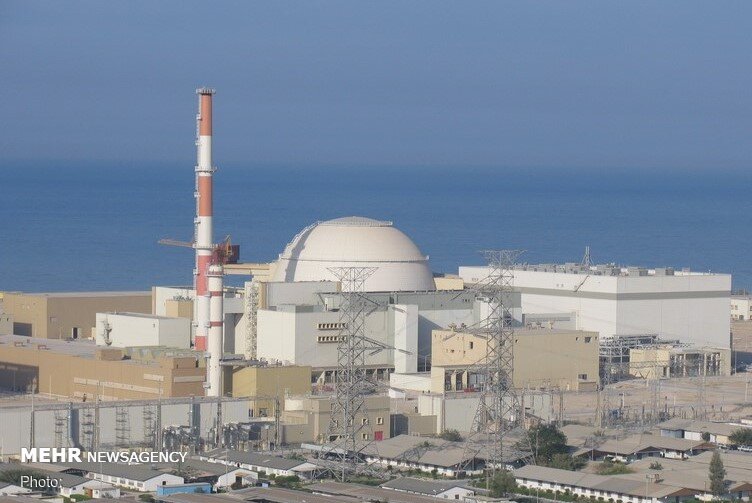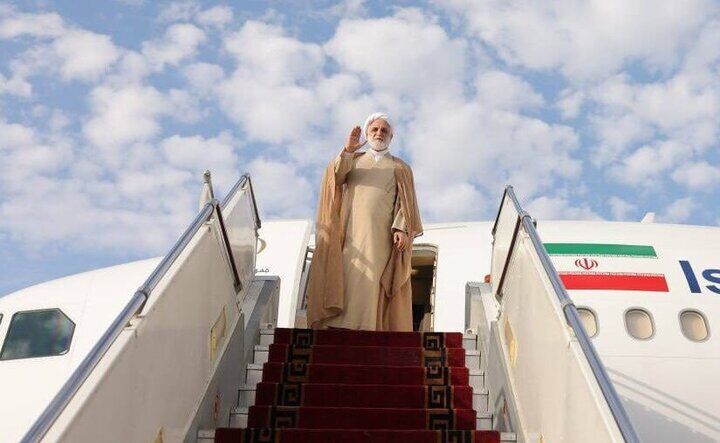China Strikes Back: How Trump’s Tariff Onslaught is Shaping Global Trade Dynamics
In the midst of the escalating trade war between the United States and China, recent developments have created significant turbulence in the global market. The latest news highlights China’s retaliation against the United States, which has imposed a staggering 104 percent tariffs on Chinese imports. In response, Beijing has implemented its own tariffs, raising the stakes in this ongoing dispute.
According to reports from news agency Reuters, the Chinese finance ministry announced that additional tariffs of 84 percent on American goods would commence on April 10. This marks a substantial increase from the previously established tariff rate of 34 percent. The strategic move by China aims to counteract the economic pressures imposed by the United States.
- China’s latest tariff announcement raises concerns about trade relations.
- The additional tariffs target a wide range of American products.
- Beijing’s response indicates a robust strategy to protect its economic interests.
Moreover, the Chinese commerce ministry has taken further action by adding 12 US entities to its export control list. This move underscores China’s commitment to regulating foreign businesses operating within its borders. Additionally, 6 American entities have been included in China’s “unreliable entity” list, a designation that could complicate future business transactions.
As these developments unfolded, the market reacted swiftly. US stock index futures experienced a significant decline following the announcement from China. This volatility reflects the uncertainty that the ongoing trade war has instilled in investors, highlighting the broader implications for the global economy.
In the wake of these tariffs, the White House press secretary confirmed that the additional tariffs would begin to take effect on April 09. This timeline indicates a rapid escalation of tensions, suggesting that both nations are willing to adopt aggressive measures to protect their economic interests.
Trade analysts have pointed out that the implications of these tariffs could be far-reaching. Here are some potential impacts:
- Increased Costs for Consumers: The higher tariffs may lead to increased prices on goods imported from the United States, affecting consumers directly.
- Disruption in Supply Chains: Businesses reliant on cross-border trade may face challenges in sourcing materials, leading to production delays.
- Market Uncertainty: Investors may become wary of the stock market, leading to decreased investment and potential economic slowdown.
- Global Trade Relations: Other countries may be affected by the trade war dynamics, as they navigate their own relations with both the US and China.
This latest round of tariffs is indicative of the broader struggle between the two economic giants. As both nations dig in their heels, the potential for resolution seems increasingly distant. The ongoing trade war not only threatens the economic stability of the US and China but also poses risks for the global economy as a whole.
In conclusion, as the trade war escalates with China’s implementation of 84 percent tariffs in response to US tariffs, the implications for international trade and economics could be profound. Stakeholders across various sectors must remain vigilant and prepared for the evolving landscape of trade relations.






